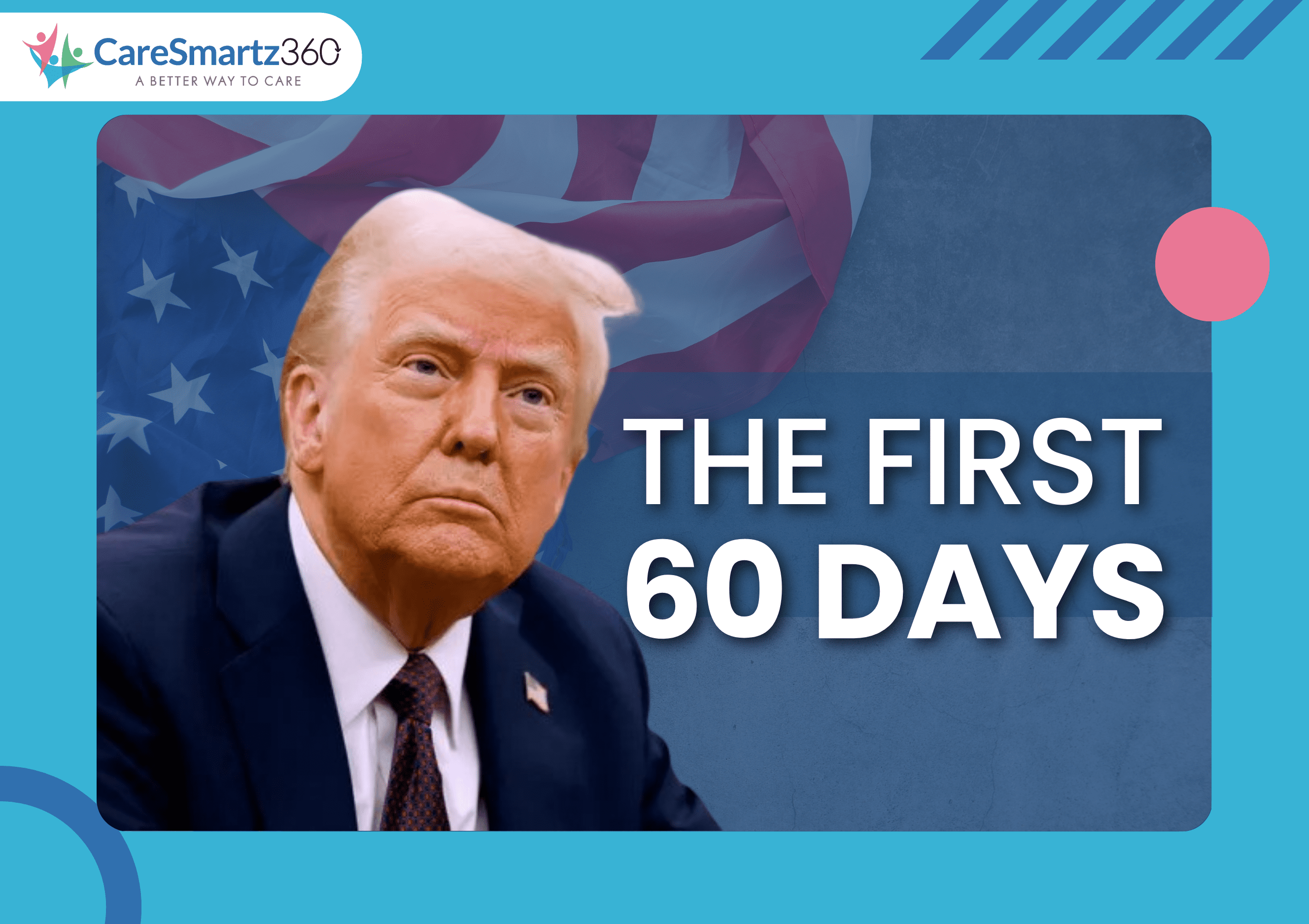
Image Source: Getty Images
The dawn of a new presidential administration often brings with it a flurry of activity and heightened expectations, particularly within sectors as vital as home health care.
In an era marked by transformative expectations, millions of Americans who depend on vital home-based care are watching closely. With President Donald Trump now in office, the sector—a robust market employing a vast workforce and serving an ever-growing beneficiary base—finds itself at a pivotal crossroads.
Industry insiders report that the new administration’s healthcare agenda could well redefine the landscape, prompting both cautious optimism and strategic recalibrations among providers nationwide.
During his campaign, President Trump painted a vision of a revamped home health system. He pledged to shift resources towards at-home senior care, potentially diverting funds from traditional nursing homes.
He also vowed to tackle the crippling homecare workforce shortages by dismantling disincentives that deter caregivers. Recognizing the invaluable role of unpaid family caregivers, Trump promised tax credits and a reduction in bureaucratic red tape.
Further, he signaled a preference for private sector innovation. These promises were woven into a broader healthcare strategy aimed at cutting costs, boosting market competition, and empowering states.
In a bold first act, the administration issued a sweeping regulatory freeze—a standard move designed to pause all pending and proposed rules for 60 days while the new team charts its policy course. Among the halted initiatives were key updates to the HIPAA Security Rule, aimed at strengthening cybersecurity protocols, and a novel three-tiered framework for the remote prescribing of controlled substances via telehealth.
Tune in to the latest episode and learn in the words of Ken Sternfeld on the panel, the founder of the Association of Concierge Service Providers, how telehealth and remote monitoring for chronic conditions is revolutionizing home care.
Also, get to know what specific chronic conditions stand to benefit the most from these innovative technologies, key challenges home care providers face when implementing them, and so much more in this podcast.
That same day, President Trump signed an executive order to rescind numerous Biden-era executive orders, hinting at potential shifts in home health funding and service models. On February 25, 2025, an executive order focused on healthcare price transparency aimed to empower patients with clear pricing information, potentially highlighting the cost-effectiveness of home-based care.
The President also established the “Make America Healthy Again Commission” to address chronic diseases. Meanwhile, the House of Representatives approved a budget resolution proposing significant Medicaid cuts, raising alarms within the home health sector.
However, a continuing resolution maintained telehealth for Medicare home health and face-to-face hospice certification, providing some stability.
The coming weeks promise to be a critical period of speculation and strategy, with the ultimate fate of these rules remaining shrouded in ambiguity.
Adding to this uncertainty was a directive issued to the Department of Health and Human Services (HHS) and its various sub-agencies, including the Centers for Medicare and Medicaid Services (CMS), the Centers for Disease Control and Prevention (CDC), and the Food and Drug Administration (FDA), to temporarily halt public communications.
This “HHS comms blackout” led to a pause in the dissemination of crucial information such as health advisories, weekly reports, website updates, and social media posts.
The lack of clarity regarding the duration of this pause and whether exceptions would be made for urgent situations, such as disease outbreaks, raised concerns within the healthcare community.
Industry experts and stakeholders are now dissecting these early actions. The proposed tax policy changes, including the “Credit for Caring Act” and the “Lowering Cost for Caregivers Act,” were met with enthusiasm.
Similarly, the potential for HSAs to cover home care expenses was viewed positively. However, the proposed Medicaid cuts sparked widespread concern, with fears of reduced access to vital services. The continuation of telehealth was hailed as a crucial lifeline.
Experts also raised concerns about potential immigration policy changes and the future of diversity, equity, and inclusion (DEI) programs within the sector.
A close examination of funding and initiatives reveals a focus on supporting existing legislative proposals for caregiver tax relief. However, no major new federal funding initiatives dedicated to expanding access, affordability, or quality of home healthcare have been announced.
The executive order on price transparency, while potentially beneficial, does not represent direct funding.
The first 60 days of the Trump administration present a mixed bag for the home health industry. While the focus on caregiver tax relief aligns with campaign promises, the proposed Medicaid cuts raise serious concerns. No major new funding initiatives have been introduced. The emphasis on price transparency and telehealth continuation offers some hope.
However, the overarching theme of fiscal conservatism and potential healthcare policy shifts create an environment of uncertainty. Therefore, while some initial steps align with campaign promises, it’s too early to declare a victory for home health.
The long-term impact hinges on future policy decisions and the industry’s ability to adapt.
Our users reported 95% customer satisfaction in 2024. Schedule a personal walkthrough to see CareSmartz360, home care software in action.